The Historic Landmarks Commission has reviewed designs for a proposed WorldMark on SW Naito Parkway. The 6 story project by SERA Architects would include a mixture of studio, one and two bedroom units, available to members of the WorldMark by Wyndham vacation ownership program. The project will include a retail space fronting on Naito Parkway. No vehicular parking is proposed.
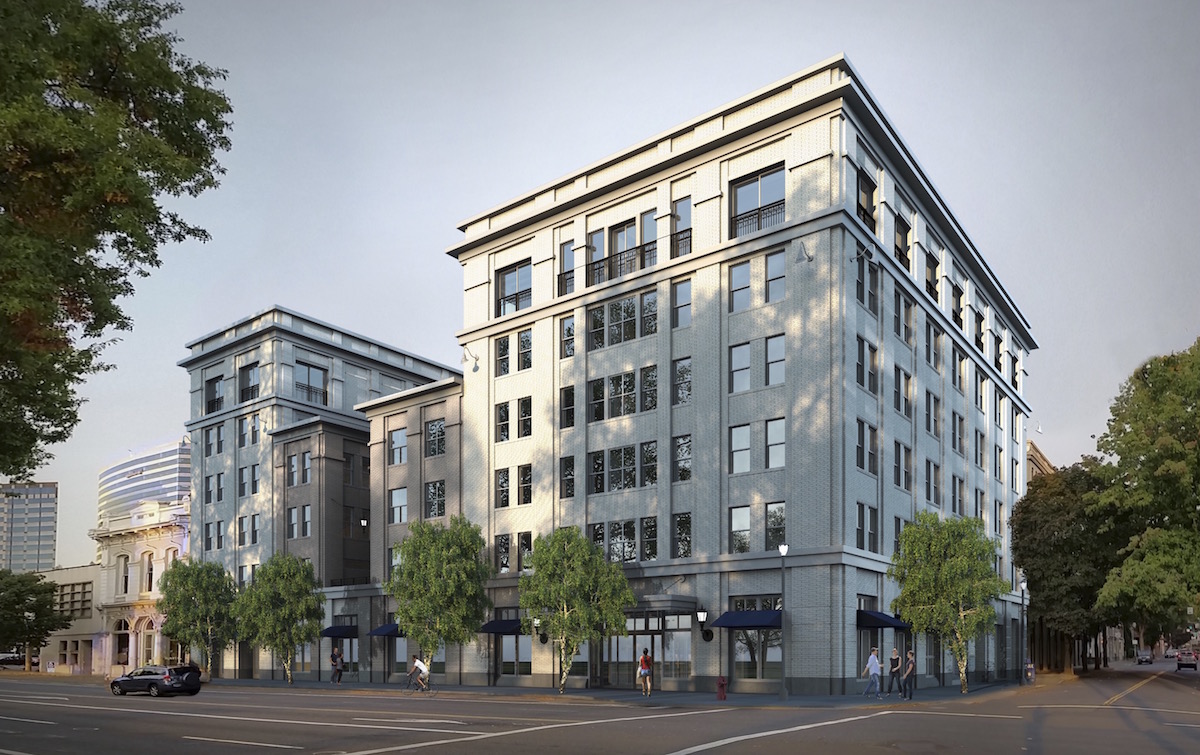
The site at 221 SW Naito Parkway is currently a surface parking lot, until recently owned by the Goodman family controlled Downtown Development Group. The site was sold to Wyndham Resort Development Group in June 2015 for $3,575,000. The parcel is located within the boundaries of the Skidmore/Old Town Historic District, a National Historic Landmark listed on the National Register of Historic Places. The district is noted for its collection of cast iron facade buildings and its importance in the early history of Portland.
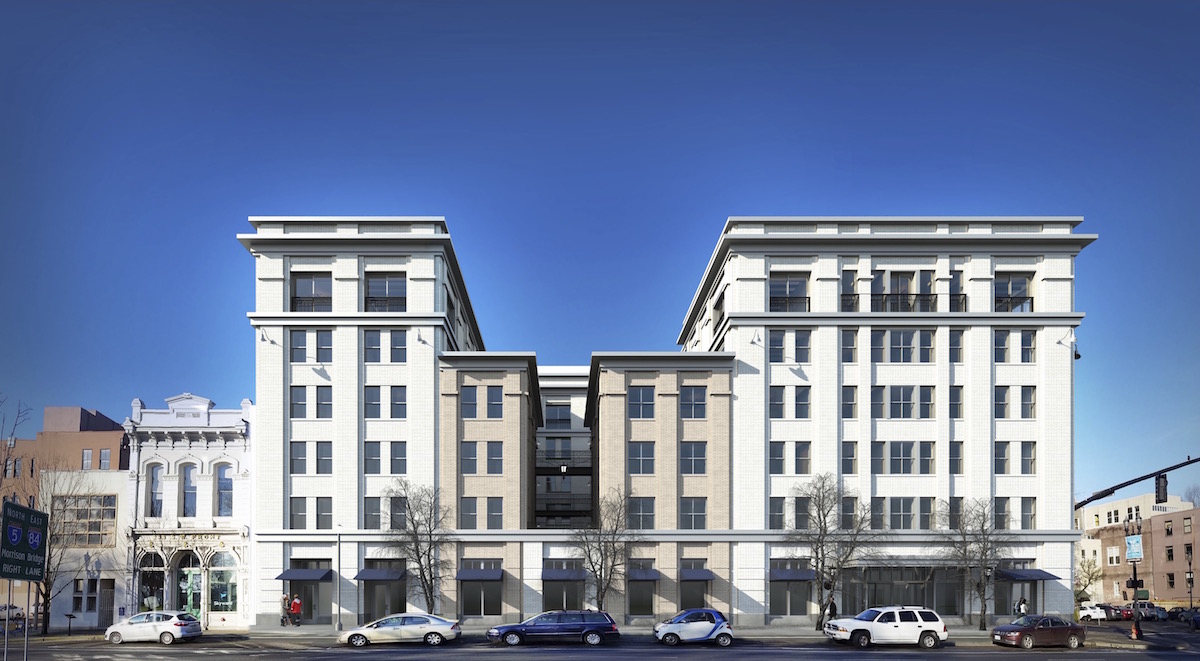
The proposed building is arranged in a donut shaped plan, with rooms wrapping around a second floor exterior terrace. The massing on Naito is broken down into smaller volumes in response to the narrow plat pattern typical in the Skidmore/Old Town historic district.
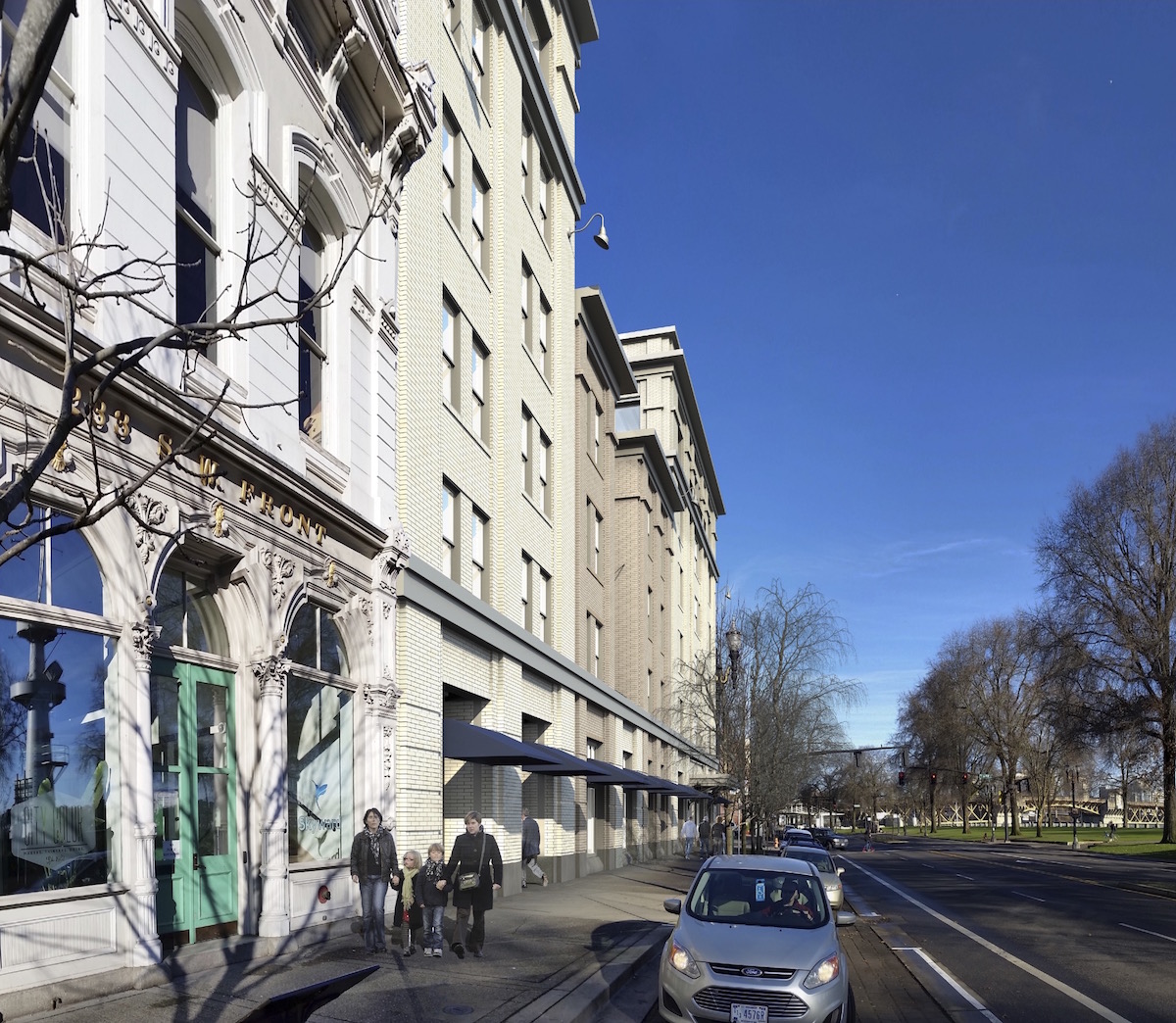
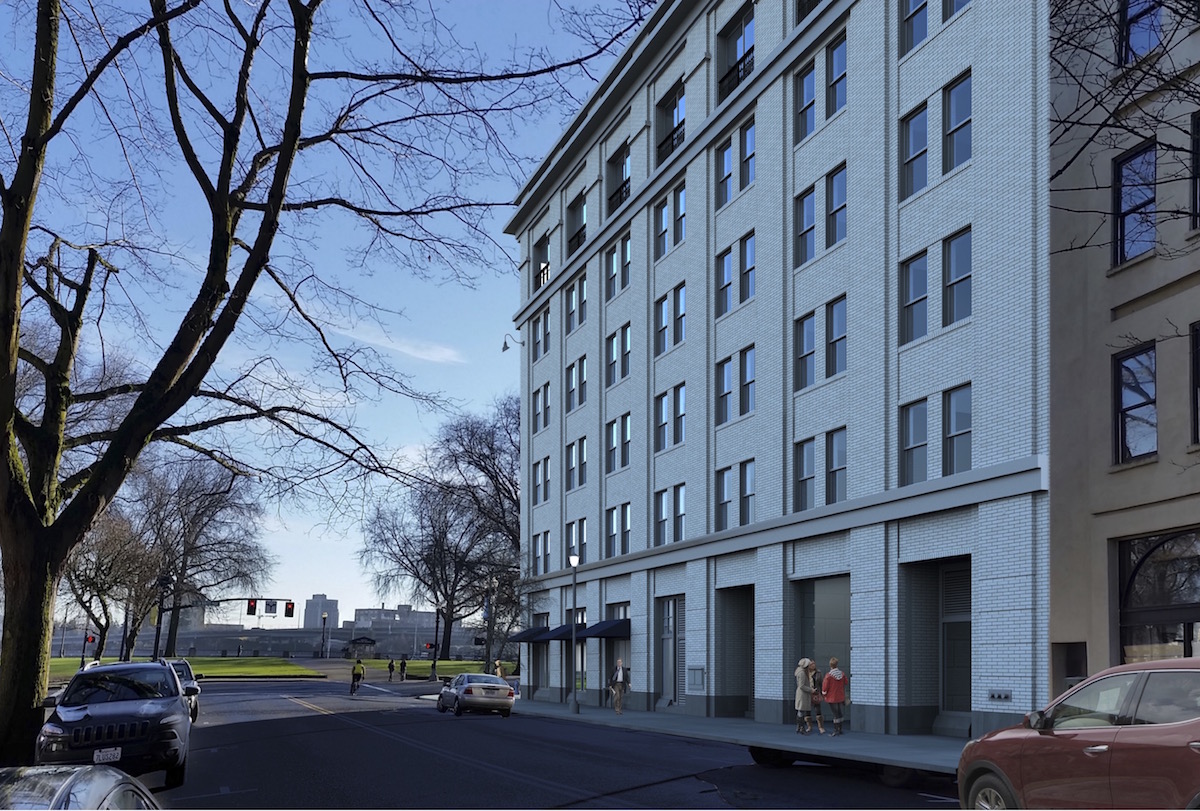
Exterior materials proposed for the project include white and tan colored brick, stucco, precast concrete, steel and iron railings, metal banding and cornices, a glass & steel canopy, and fabric awnings. Aluminum storefront is proposed at the ground level, with vinyl windows at the upper floors.
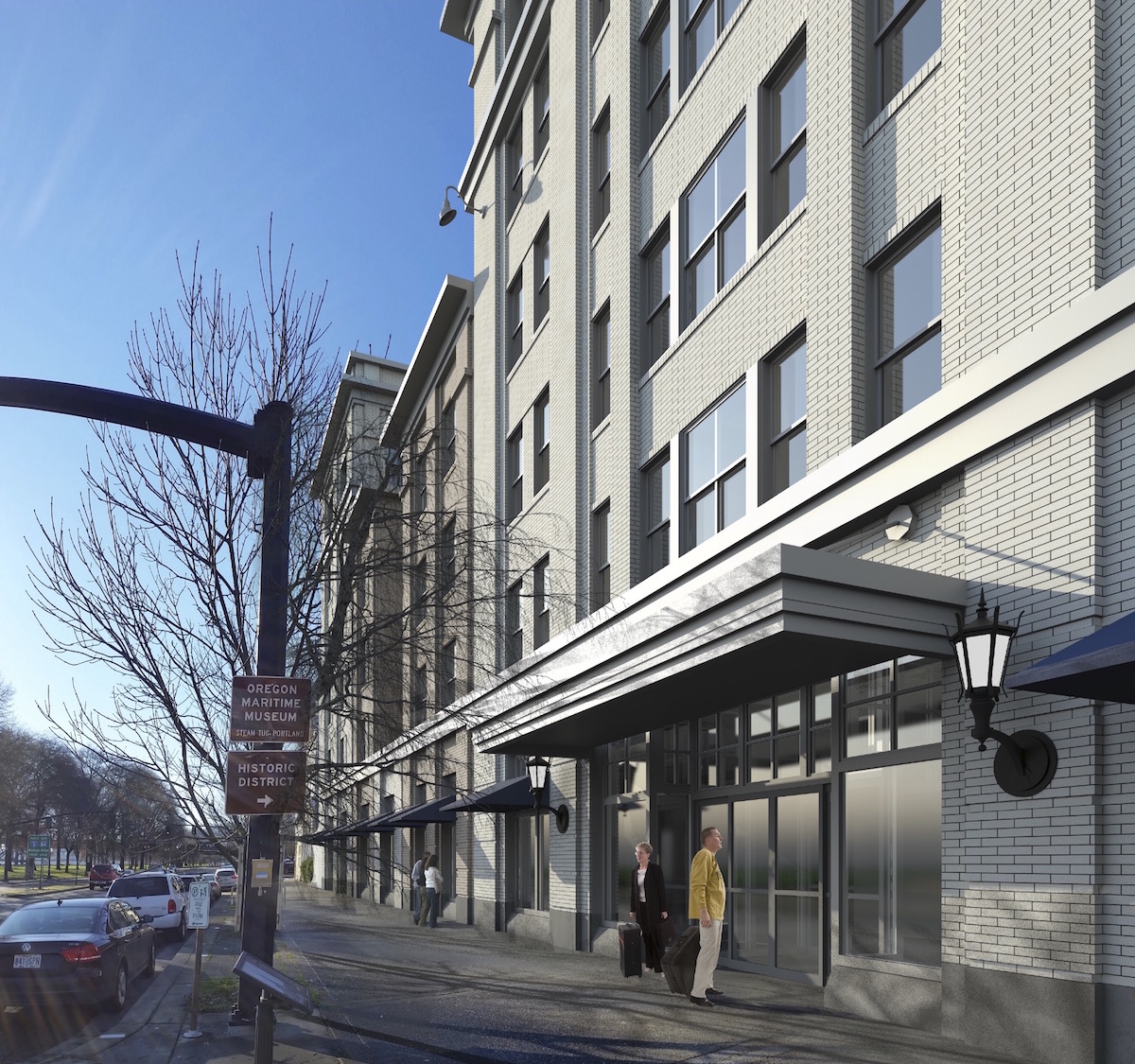
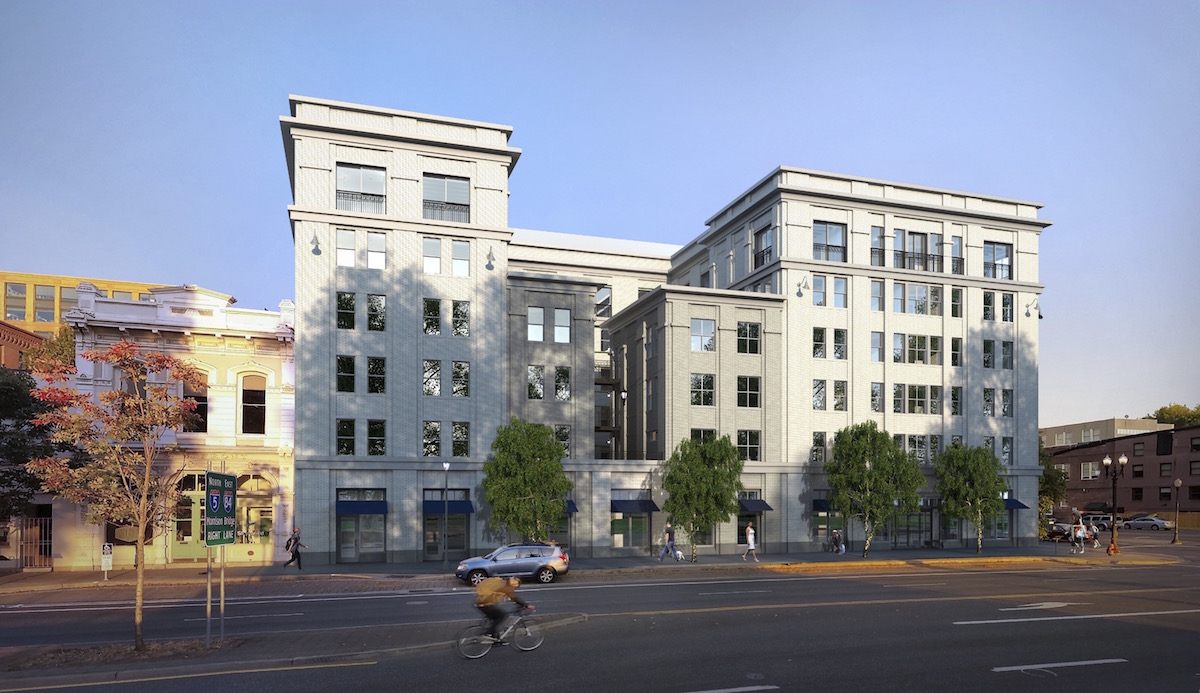
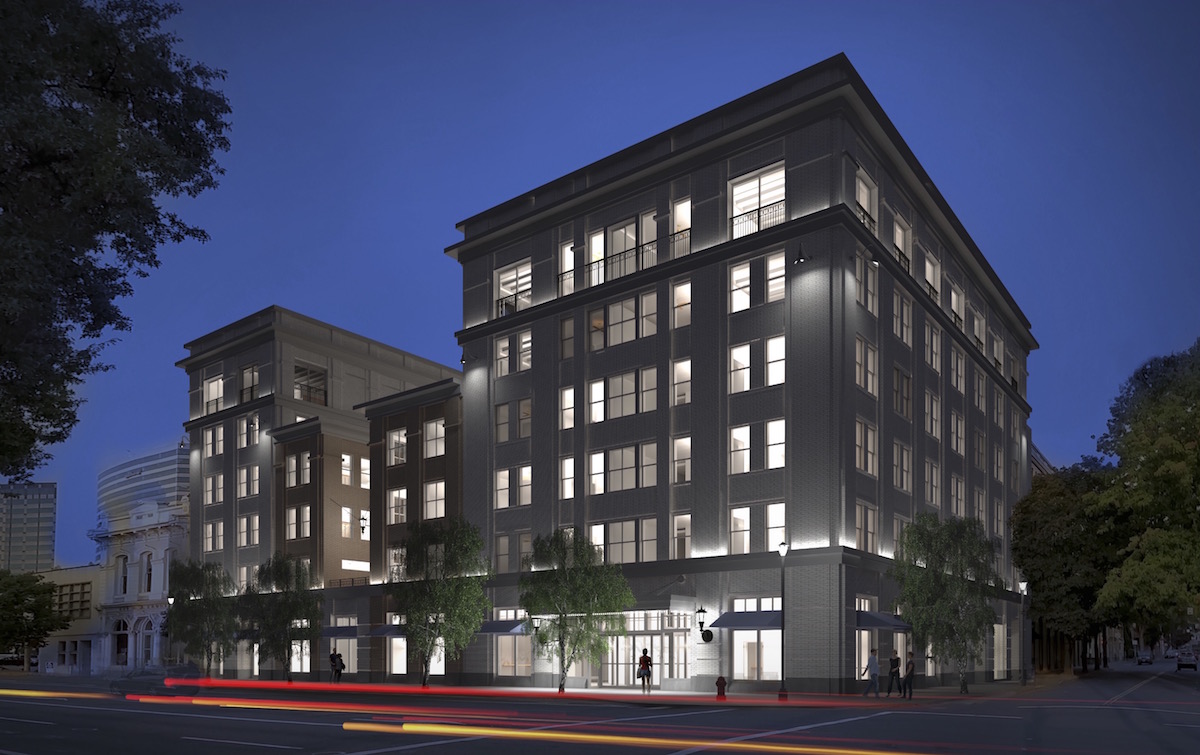
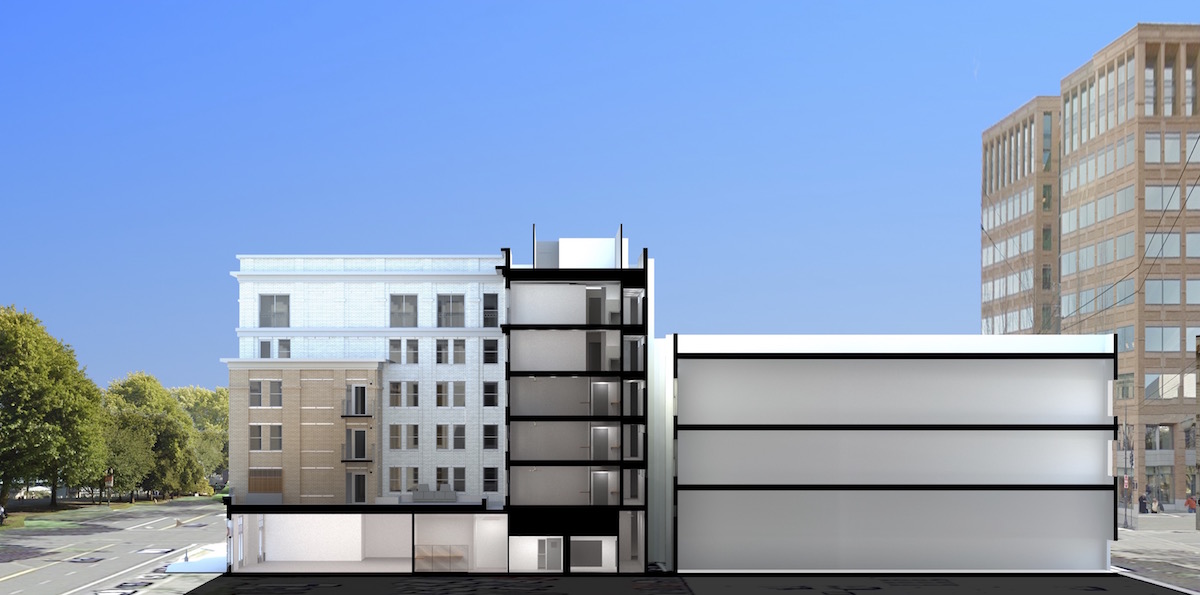
A Staff Report and Recommendation to the Historic Landmarks Commission [PDF] did not yet recommend approval for the project. At the time of publication of the Staff Report no written comments had been received. At the hearing testimony in favor of the project was given by John Russell, owner of the adjacent Hallock & McMillen and Fechheimer Buildings. Testimony against the project was given by William Hawkins, architect and author of the Grand Era of Cast Iron Architecture in Portland, who was concerned that the project isn’t incorporating any of the items in the cast iron collection started by Eric Ladd and currently owned by the PDC. Testimony against was also received from the owners of the adjacent 208 SW 1st Avenue building, who were worried that the project will block light to their windows and therefore render the historic building unleasable.
At the February 22nd hearing the Historic Landmarks Commission had a number of issues with the building, including the height adjacent to the two story Hallock & McMillen and Fechheimer Buildings, the asymmetry of the building, the use of vinyl windows and aluminum storefronts, and the sense that the building reads as a streetcar commercial era building in a district known for its 19th century architecture. The applicants were encouraged to give the building more of an “Italianate flavor” and to study whether it would be possible to incorporate cast iron artifacts into the building, especially at the ground level. Suggestions were made to study combining the 5′ light well with the exterior courtyard in order to get more light to the adjacent 208 SW 1st Avenue building, which is a contributing structure in the Historic District. Commissioner Roman noted that if this was done the courtyard would have a historic brick facade for one of its walls, rather than being entirely enclosed by modern stucco.
The project is expected to return before the Commission on April 11th.
Drawings
- Plan – Block
- Plan – Ground
- Plan – Level 02
- Plan – Levels 03 and 04
- Plan – Levels 05 and 06
- Plan – Roof
- Elevation – East
- Elevation – North
- Elevation – South
- Elevation – West
- Section – East / West
- Section – East / West
- Section – North / South
- Section – North / South
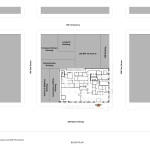
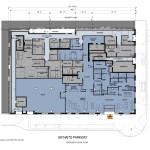
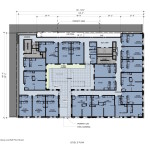
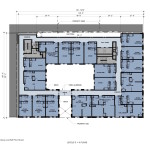
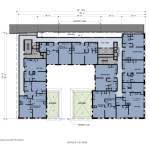
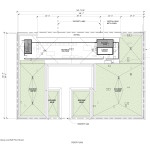
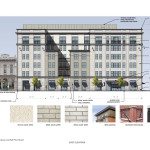
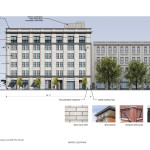
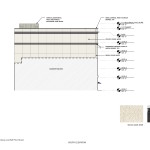
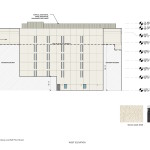
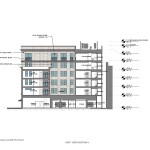
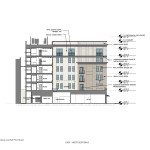
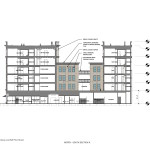
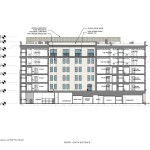
I kind of hate everything about this building for some reason lol
A fit replacement for a miserable surface parking lot.
Ugh…why do we pretend it’s 1920? #AbolishHistoricLandmarksComission
I agree, the proposed building is not attractive, I hope they do make the changes to blend into the neighborhood and more importantly…I DO hope they find some kind of parking for the people who will be using it for over night stays.
Respectfully Terry, the concern for parking cars is precisely what decimated this part of town, destroying many wonderful buildings leaving this original part of portland pockmarked with parking lots. Indeed that is the very problem with this part of town: lots of parking and not enough people. It’s time to tip the balance from Hondas to human beings. Great cities understand the built environment should prioritize people above parking stalls. On another note, Great cities also understand historic parody is an insult to the very architecture one is attempting to respect. Scale and context are important but mimicry will not endure.